Sanders (African-American) School (1950 - 1959)
Introduction
Text-to-speech Audio
CURRENT SCHOOL BOARD BUILDING. CAN ACCESS PARKING LOT.
Segregated schools were the norm throughout the United States from the 19th century through the mid 1950's and West Virginia was no exception. Five schools in Hardy County were specifically designated as African American Schools throughout this period: Alum Bank, Fisher, Run, Sanders, and Wallace. Built toward the end of Jim Crow, Sanders School was an African American school. While it was referred to as "separate but equal" things such as transportation, access to resources, and funding were not equal. It opened its door in October of 1951 and served grades kindergarten through 12. The school also permitted adult learners to return to receive their high school diploma. It would be the only African American School in operation in the county by that time.
Despite resistance to integration, by 1959 the school was no longer in operation as the 1954 ruling by the U.S. Supreme Court held that “separate but equal” had no place in public education.
This is a Mountain Heritage Trails project made possible through the support of the Hardy County Convention & Visitors Bureau, the Appalachian Forest National Heritage Area AmeriCorps program, and the West Virginia University Fulcrum Project.
Heritage Trail Project Coordinator: Shefa Nola Benoit
Researchers: Nathaniel Bauder & Shefa Nola Benoit
Images
Sanders School Plaque
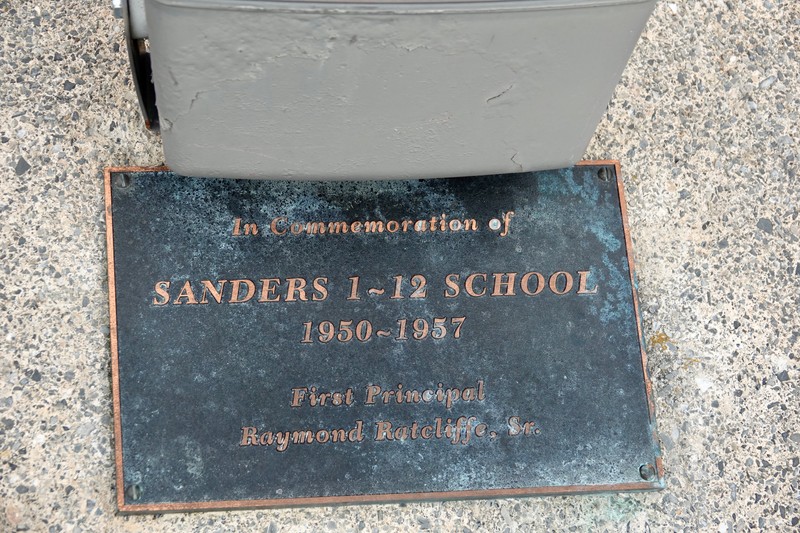
Sanders School Graduation - 1954
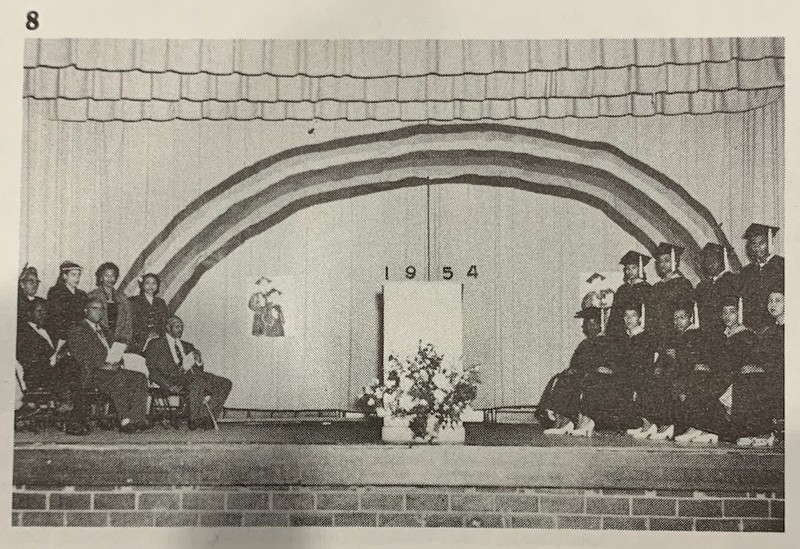
Sanders School Faculty - 1954 (Sarah Brooks, Molly Harvey, Raymond Radcliff (Principal), and Jeanette Simms.
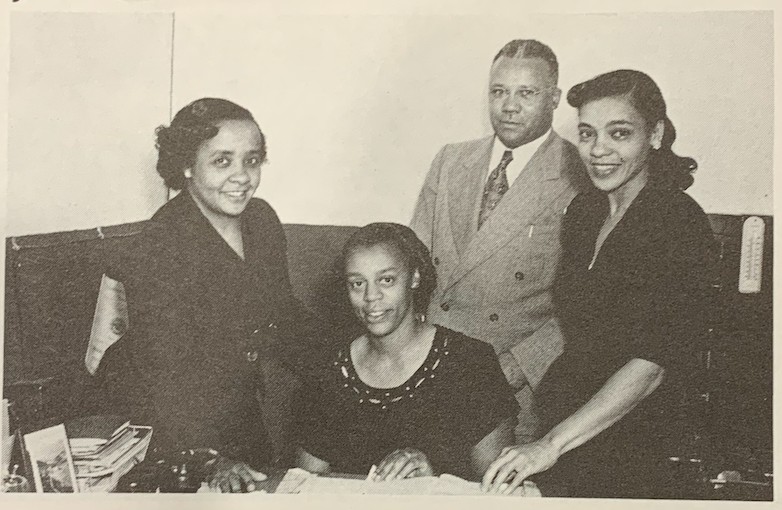
Sanders School (Currently Hardy County Board of Education Bldg)
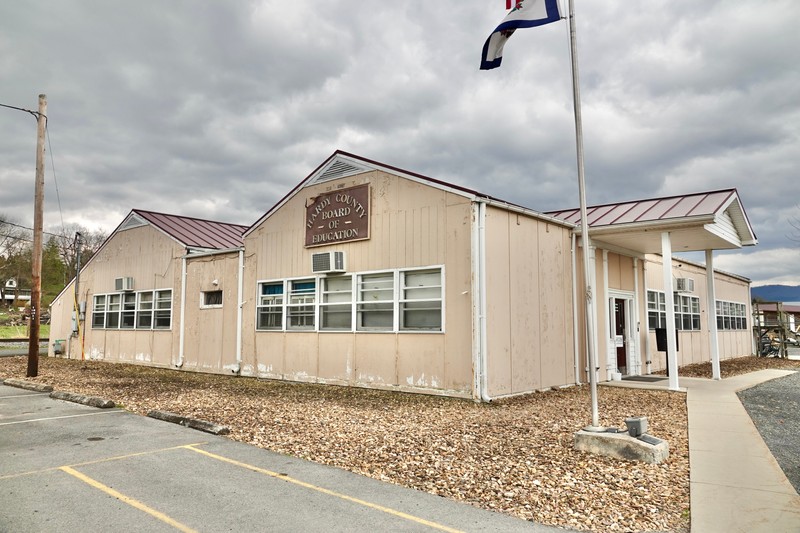
Sanders School 2022
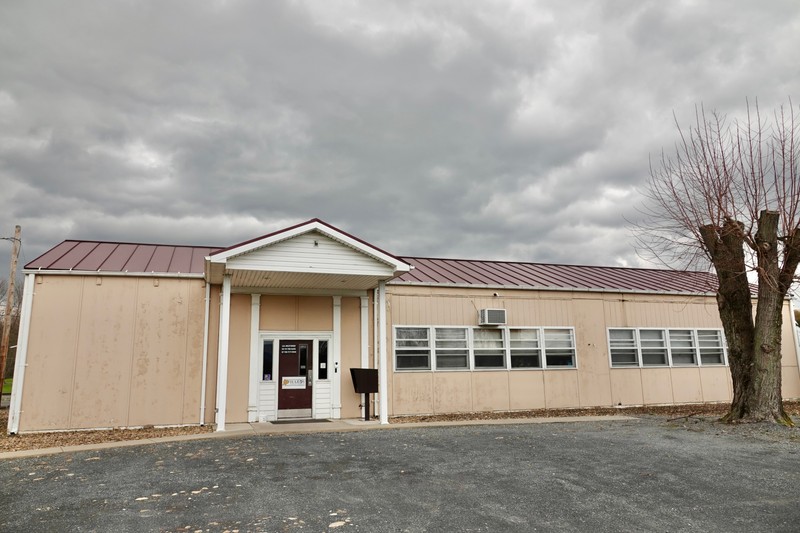
Backstory and Context
Text-to-speech Audio
Segregation, Dedication of a School
The 1896 U.S. Supreme Court ruling Plessy v. Ferguson, which allowed states to legally discriminate and segregate based on race, was upheld for fifty-eight years. If you were an African American in West Virginia during this period and wanted and education you were required to attend an all Black school. Hardy County had 5 African-American schools: Alum Bank, Fisher, Run, Sanders, and Wallace. School segregation was mandated by the state constitution and by 1954 there were 420,000 white and 26,000 Black students enrolled in the state. These schools routinely were underfunded, under equipped, cramped, and had under qualified teachers or limited teachers due to funding shortages. Students were given second hand books and band equipment passed down from white high schools.
Eventually, African American schools were consolidated in the county to form Sanders School in Moorefield. As the only African American school in the county it also had students from Grant, Pendleton, Hampshire, and Greenbrier county. This required students to be bused or taxied to the school each day.
The dedication of the new school was covered in several of the local newspapers. Leading up to the dedication on Sunday October 28th, 1951 a week of celebration and activities were held. Mrs. W. W. Sanders the wife of the late Dr. W.W. Sanders, the school's namesake, was invited as the guest speaker. Sanders during his life time had been a great advocate of the African American schools in the state. He served as “State Supervisor of Negro Schools in West Virginia from 1914 to 1932… during his 18 years as State Supervisor and for the rest of his life he insisted and fought for a better educational system in West Virginia.” During this period he made progress in updating school facilities, hiring certified teachers and implementing a standard of instruction for the classrooms.
The name was well chosen for the school in honor of an individual who dedicated their life to making education better for the African American community in West Virginia. This new school saw increased enrollment from its start with ninety- nine students being taught by five teachers, Raymond Radcliffe, Principle, Jeannette Simms, Sara Brooks, Catherine Payne, and Molly Harvey. According the the forty-first Report of the State Superintendent of Free Schools, thirty-nine counties in West Virginia had “Negro schools” in 1953. The report also indicated that “the personnel of the schools visited was highly qualified,” with 71.1 percent of elementary and high school teachers having sixteen or more years of teaching experience, and one hundred percent of “Negro school” principles having a Master’s degree. During the seven years of the schools operation graduating classes regularly consisted of 10 students per year. They were very proud of their school developing a school song and class colors of blue and white.
Sanders we love you with all our heart,
You are the best we know
Oh do you think we really lose
Our old maroon and gold.
Sanders we love you and ne’er depart
As friendship through the years
We’re always hold you in our heart
Because we love you dear.
Chorus:
For old Sanders High my dear
For old Sanders High. We’re cheer and
shout and do our best for good old Sanders High.
Even with the Supreme Court verdict in 1954 ruling that “separate but equal” was no longer permitted in education the State of West Virginia was slow to integrate. By a year after the supreme court decision only 12 counties had desegregated their public schools. In a letter from Principle Radcliffe to T.G. Nutter he addresses some issues Hardy County faced in integrating schools. “When we organized the Negro High School here eight years ago we found a community that I would have classified as southern in majority thinking… we wanted change, but things don’t change because we think they should. Things are changed by changing people’s hearts and thinking… then comes integration, with our county bordering on Virginia and having 4 or 5 Northern Virginia dailies coming into it you can see what we are up against.”
By 1958 Hardy County had integrated their schools and those students who had previously attended Sanders School now attended Moorefield High. This integration faced opposition on both sides as racist beliefs from the white community and worry from the Black community as African American teachers lost their jobs, and students were treated as inferior to their white classmates persisted. By 1959 the building was turned over to its present owners today, the Hardy County Board of Education where it is used as an office and meeting space still today.
Sources
Sanders 12-Year School to Be Dedicated October 28.” Moorefield Examiner, October 17, 1951, 42 edition.
Radcliffe, Raymond. Letter to Mr. T.G. Nutter. “Delay in Integration in Hardy County.” Moorefield, WV, September 10, 1956.
Sam F. Stack Jr. Implementing Brown v. Board of Education in West Virginia: The Southern School News Reports. West Virginia History: A Journal of Regional Studies. 2008.
West Virginia State Department of Education. 41st Biennial Reports of the State Superintendent of free Schools of the State of West Virginia for the period July 1, 1952 to June 30, 1952. Charleston, W. Va.:Superintendent of Free Schools. 1954.
Whitson, Suzanne. Remembering Early Hardy County, WV Schools: The 1976 Bicentennial Project. Moorefield, West Virginia: Hardy County Board of Education, 1976.
Photograph Courtesy of Jennifer Thornton, PhD
Hardy County Board of Education Archives
Hardy County Board of Education Archives
Photograph Courtesy of Jennifer Thornton, PhD
Photograph Courtesy of Jennifer Thornton, PhD
